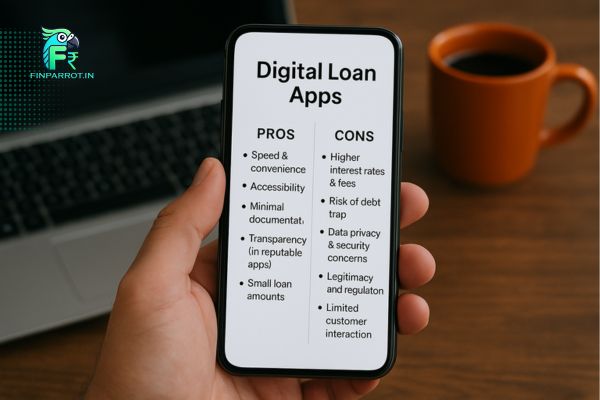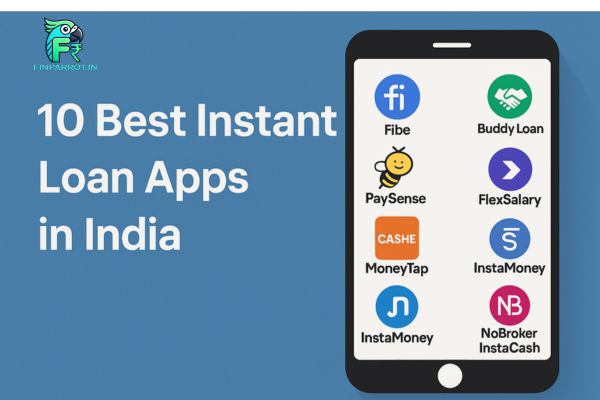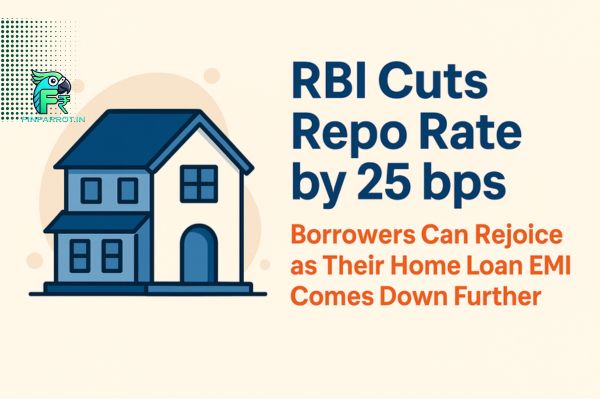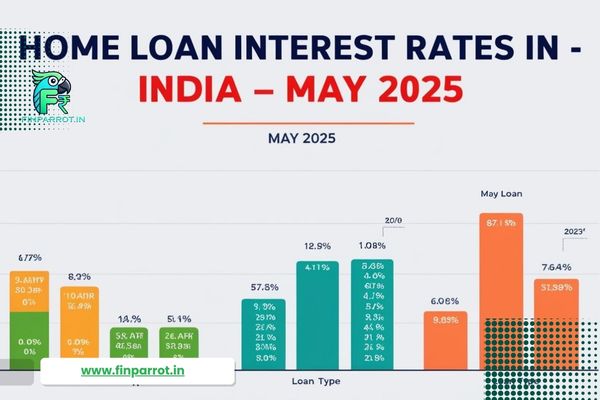Introduction
Lakshman, the proud owner of “Flavors of Hyderabad,” a bustling Hyderabad biryani shop, dreamed of opening a second outlet. With daily sales consistently above ₹5,000, he felt confident applying for a small business loan through a popular NBFC loan app. The platform promised a streamlined loan application process, requiring only basic financial documentation—bank statements, KYC papers. Within hours, his application was acknowledged, and he envisioned a swift loan approval. Yet, a simple digital journey soon morphed into a maze of additional documentation requests, prolonged loan disbursal delays, and a crushing loan rejection tied to an unexpected low CIBIL score. Lakshman’s Hyderabad Shop’s Instant Business Loan App Rejection Story underscores the vital link between creditworthiness, meticulous preparation, and true loan eligibility—lessons every entrepreneur must heed before seeking funds.
Lakshman’s Instant Business Loan Journey
When Lakshman first logged into the digital lending platform, he uploaded Aadhaar, PAN, and six months of bank statements. The app’s dashboard flaunted “instant decisions,” but two days later, he received a notification demanding GST filings, vendor contracts, and even a notarized rental agreement. Each upload triggered yet another email—sometimes for a “professional tax receipt,” other times for detailed profit-and-loss ledgers. This repeated process made him wait longer and made him feel frustrated.
Ten days in, a final request arrived: “Please share your latest credit report.” Un recognized to him, delayed EMIs on a personal loan two years prior had dropped his CIBIL score to 580. Despite his thriving eatery and healthy cash flows, the app’s risk algorithms flagged him as high-risk. The next morning, his status read “rejected,” citing “insufficient credit score.” What started as a promising route to expansion became a stark lesson in how past missteps can thwart even the most successful ventures.
Key Lessons in Small Business Financing
Lakshman’s experience reveals several core truths:
- Credit Score Dominance: Lenders prioritize the CIBIL score heavily—often over current revenue. Even robust daily sales can’t counteract a history of missed EMIs.
- Documentation Complexity: Although NBFC loan apps advertise speed, they require exhaustive paperwork. Each request for additional documentation can introduce days of delay, impacting cash flow.
- Business vs. Personal Credit: A flourishing P&L statement doesn’t offset poor personal credit. Entrepreneurs must maintain both business books and a pristine personal credit history.
- Risk of Overconfidence: High revenues may mask liabilities—unfiled returns, outdated agreements, or hidden penalties—that lenders detect during underwriting.
- Rigid Underwriting Rules: Even “new-age” lenders adhere to strict criteria akin to traditional banks, using algorithms that rarely consider qualitative factors.
Understanding these dynamics is essential for any small business owner seeking external funding.
Exploring Alternative Funding Sources
After his loan rejection, Lakshman explored other options:
- Peer-to-Peer Lending: Platforms that evaluate cash flow over credit history. He discovered a P2P lending site willing to consider daily sales snapshots instead of a high CIBIL score.
- Microfinance Institutions: Local microfinance groups offered small loans at reasonable interest, valuing business track records more than credit scores.
- Co-operative Banks: Nearby co-operative banks accepted his kitchen equipment as collateral and provided more flexible eligibility criteria.
- Loan Reapplication Strategy: Financial advisors recommended that he open a small, secured credit line, make six on-time EMI payments, and then proceed with a fresh loan application to boost approval odds.
Each option had trade-offs—higher rates on P2P loans, stringent collateral demands at co-ops, or lengthy paperwork at microfinance institutions. Yet these alternatives offered hope for entrepreneurs facing conventional roadblocks.
Strategic Recommendations for Entrepreneurs
Drawing on Lakshman’s journey, small business owners should:
- Monitor and Improve Credit Health: Regularly pull your credit report, dispute errors, and use credit-builder tools to raise your CIBIL score.
- Start Small with EMIs: Open a modest line of credit or personal loan. Consistent, on-time EMIs signal reliability and improve credit metrics.
- Prepare Full Documentation in Advance: Keep digital copies of bank statements, GST returns, tax filings, vendor contracts, and property papers. Well-organized files expedite the loan application process.
- Research Multiple Lenders: Compare eligibility criteria, interest rates, and processing timelines across banks, NBFCs, and alternative lenders to find the best fit.
- Budget for Disbursal Delays: Plan cash flow to cover potential loan disbursal delays by maintaining a buffer of working capital.
- Develop a Reapplication Plan: If initially rejected, implement credit-repair actions, document on-time payments, and reapply with a stronger profile.
By proactively managing these elements, entrepreneurs can significantly improve their funding prospects.
Finparrot Tips for Smart Borrowing
Tip 1: Always verify your loan eligibility before applying—use online calculators and pre-approval checks to avoid unnecessary hard inquiries.
Tip 2: Negotiate processing fees by comparing multiple NBFC loan apps; small savings on fees add up over the loan tenure.
Tip 3: Leverage in-app tools—such as EMI alerts and credit-score trackers—to maintain disciplined repayment behavior.
Tip 4: Avoid over-borrowing; secure only what you need to minimize interest outflows and keep debt servicing manageable.
Frequently Asked Questions
Q1. Can a low CIBIL score be offset by strong business revenues?
While healthy cash flow is important, most lenders still require a minimum credit score threshold; past payment behavior remains a key risk indicator.
Q2. How can I speed up the loan application process?
Organize all financial documentation—bank statements, tax returns, GST filings—in advance and use lenders with real-time KYC and automated underwriting.
Q3. Are peer-to-peer platforms safer than NBFC loan apps?
P2P loans may accept alternative credit data but often carry higher interest rates; weigh flexibility against overall cost when choosing.
Conclusion
Lakshman’s journey from biryani to banks illustrates that successful entrepreneurs must excel not only in business operations but also in personal credit management. His story shows how overlooked CIBIL score issues and incomplete documentation can derail funding, even for a thriving shop near Charminar. By monitoring credit health, organizing thorough paperwork, and exploring alternative lending options—from peer-to-peer platforms to local co-operative banks—business owners can overcome common loan approval challenges. Strategic planning, disciplined EMIs, and a readiness to reapply with an improved profile will pave the way for sustainable growth. Ultimately, a robust financial foundation empowers shop owners to secure the capital they need and transform dreams of expansion into reality.
Most Useful Links – Never miss it!
🔍 Compare Loan Apps Easily – Find the best loan app side-by-side with our comparison tool. Click here
📊 Loan Comparison Calculator – Calculate and compare loan costs across apps in seconds. Click here
✅ Check Loan Eligibility – Instantly check which loan apps you’re eligible for. Click here
📅 Finparrot EMI Calculator – Plan your repayments smartly with our EMI tool. Click here















